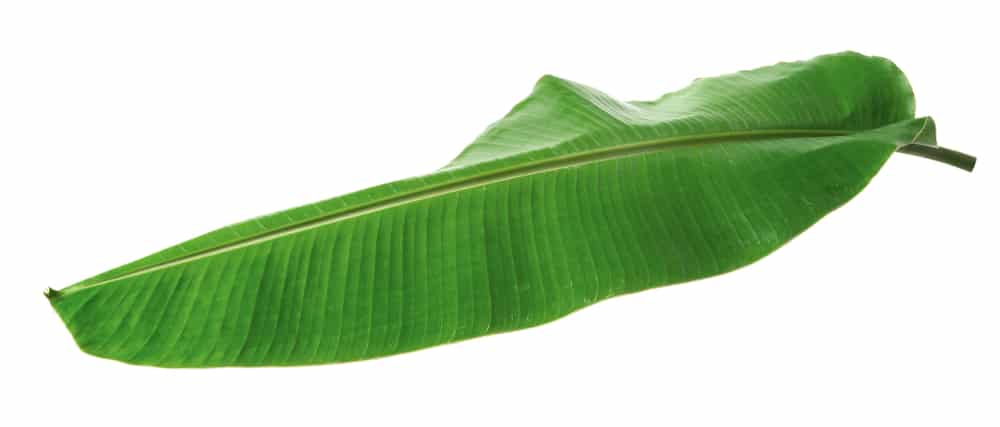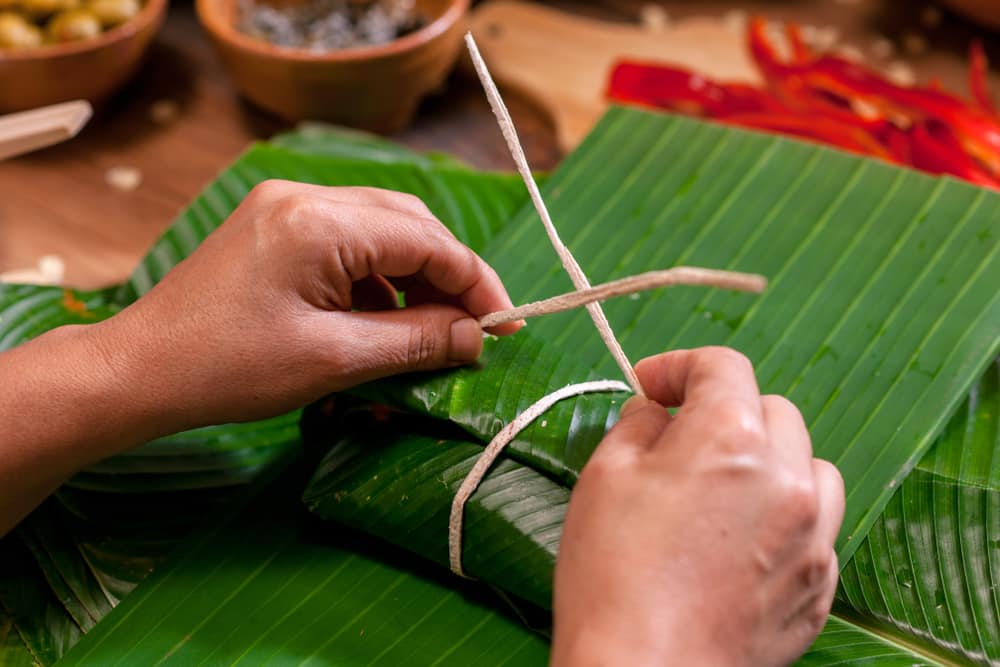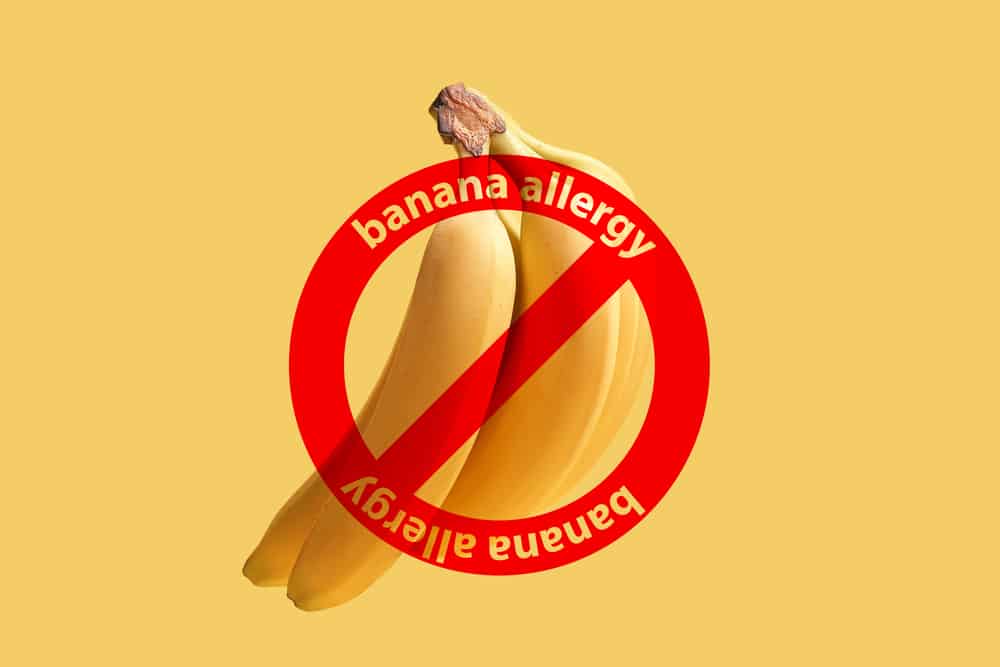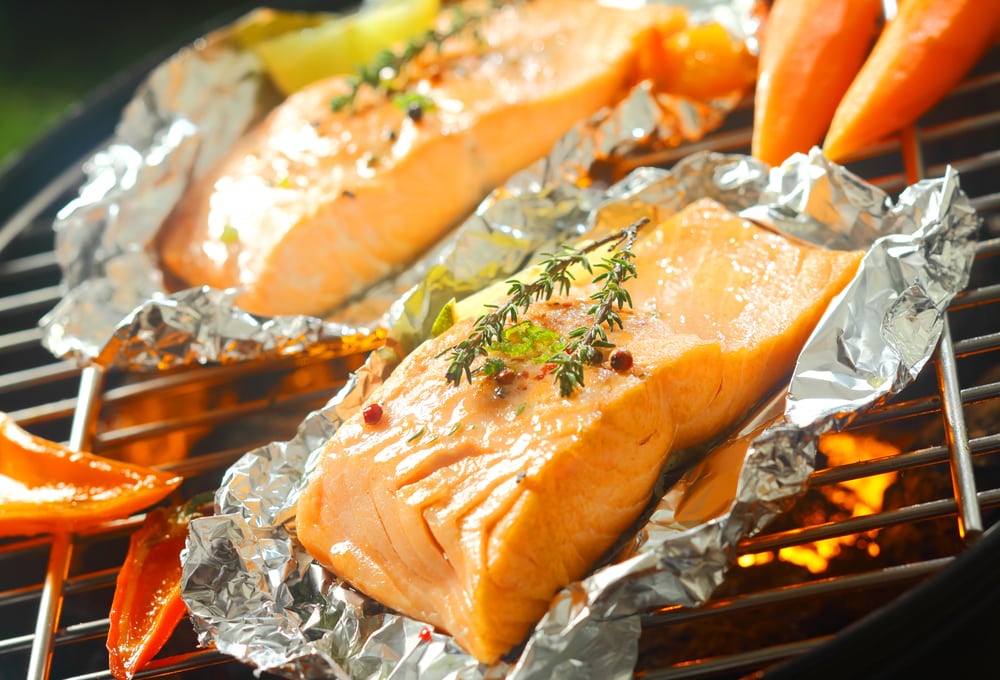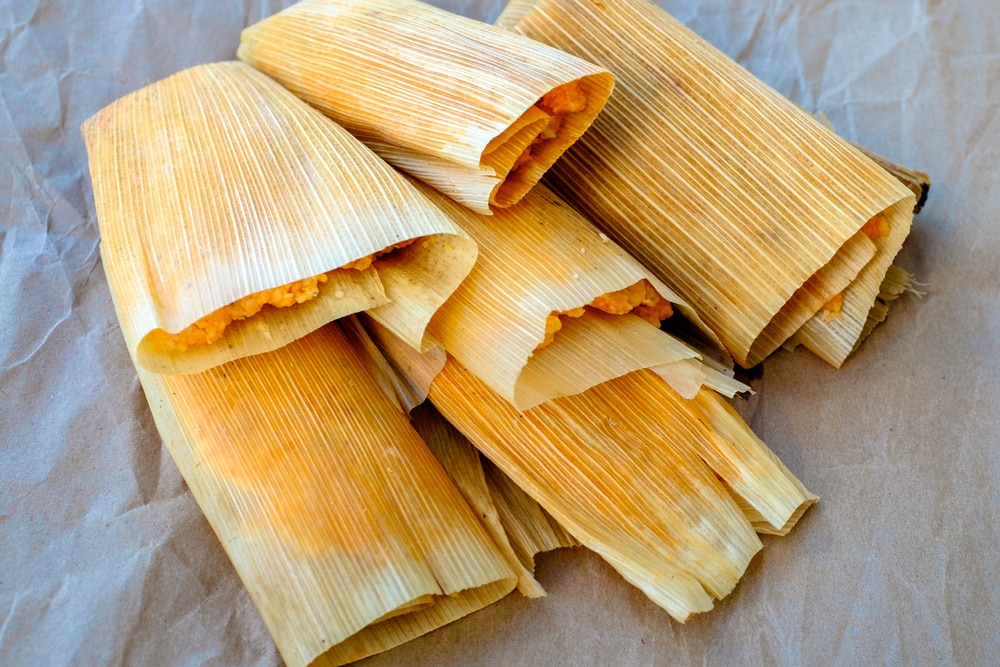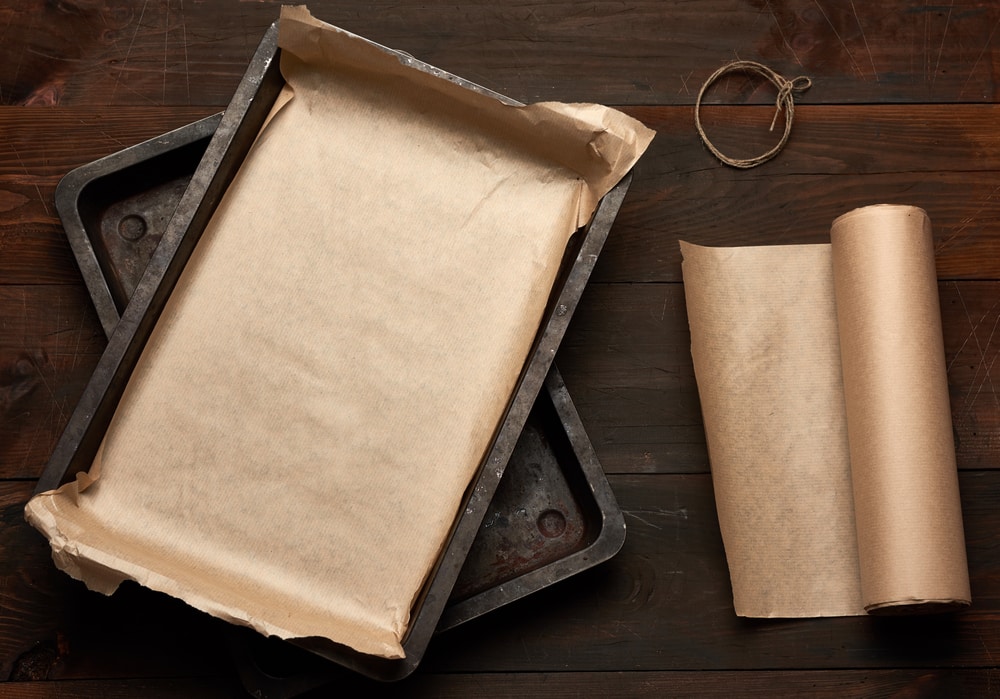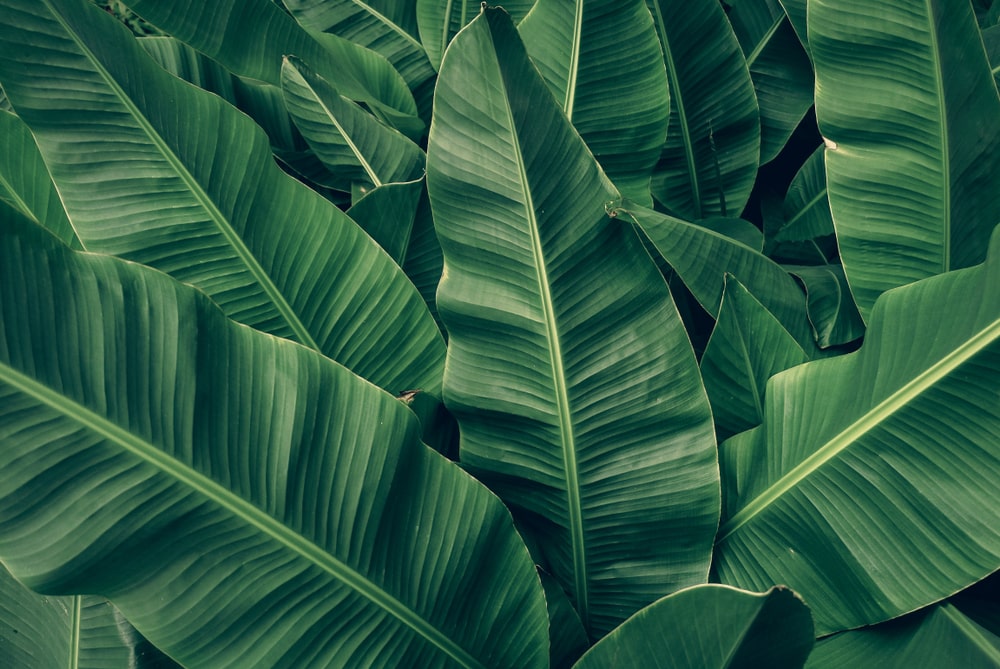
Plant leaves are multipurpose. We judge the growth of a plant through new leaves. These leaves also protect the plant.
In some cases, they cover the fruit of the plant to protect it from insects. Most fruits are either covered by leaves or a protective layer. These things keep the fruits fresh. Banana is one of the fruits that come covered in protective leaves.
A banana plant produces around forty leaves in a single growing cycle. A single harvested leaf from the banana plant is called a “banana leaf.”
The banana leaves are extremely-large (approximately two meters in size), flexible, decorative, and waterproof. Having such qualities makes the banana leaf an extremely versatile tool.
Banana leaves are used as religious decorations, food wrappers, and cooking vessels.
Banana leaves are used as cooking vessels for several reasons. They are big, so they provide a greater surface area for your ingredients.
Steaming food inside a banana leaf imparts it with a sweet flavor and aroma. Just like foil, banana leaves act as juice-protecting-wrappers that keep your beef, pork, fish, and chicken from losing their juicy flavors.
Some pit-roasting recipes use banana leaves to protect the meat from dirt and direct heat.
Using leaves for cooking is not a new concept. Humans have always benefitted from the protective qualities of leaves. There are leaves that don’t have a taste of their own.
They are ideal for certain dishes that don’t require additional flavors. Leaves like the one that come from the banana plant are ideal for dishes where an extra flavor will add to the quality of the meal.
Does banana leaf have a substitute?
Banana leaves are a popular inclusion in several dishes throughout the world. But even though they’re popular, they might not be available in your city, region, or country. Or maybe you don’t want to use them in your dish.
A small percentage of the earth’s population is allergic to bananas. If you are allergic to bananas, you can’t use banana leaf in your cooking. So, what to do if your recipe asks you to wrap the ingredients inside a banana leaf?
You might not find or want a banana leaf, but depending on what you’re cooking, there are a few banana-leaf replacements.
Regardless of what you are cooking, you might not the substitute of one or more ingredients. Sometimes, you want to prepare a dish at home quickly so you would want to use ingredients that are available at home.
Food allergies are another reason why people need to know the substitutes of common ingredients. Your personal taste might also keep you from using a certain ingredient in your food.
In any case, knowing what you can use as a substitute for common ingredients will help you a lot.
Here in this article, we will discuss what banana leaves alternatives there are and what are their culinary uses.
- Aluminum foil
Aluminum foil is a thin metal sheet used for wrapping foods and other cooking utensils.
When baking, aluminum foil is used as a cover that entraps moisture and protects the ingredients from burning. Aluminum foil is also used to layer baking trays before baking.
A bowl of fried-rice, when wrapped inside aluminum foil, heats up a lot better because aluminum entraps moisture and keeps it from escaping.
Aluminum foil is an easy-to-find banana leaf replacement that you can use whenever you’re out of banana leaves. But aluminum foil, due to not having some of the banana leaves properties, can only act as a food wrapper.
Just like a banana leaf, the aluminum foil will protect your food when steaming, baking, or grilling.
Aluminum foil is not a banana leaf, aluminum foil is metallic and will not impart a sweet aroma to your food. Nor will it steam or add more flavor to your ingredients.
Aluminum foil is also ideal for storing food in the fridge. It keeps your food protected and fresh. But if you want to add an extra flavor to your dish, aluminum foil is not the substitute of banana leaf you should be using.
- Ti leaf
Ti leaves are harvested from an evergreen flowering plant known as Cordyline fruticose. The Cordyline fruticose plant is found in New Zealand, Island Southeast Asia, Papua New Guinea, Austronesia, and Pacific islands.
The Ti leaves have relatively less availability than banana leaves. But since the ti leaf has great use in Hawaiian cuisine, you can buy the ti leaf from a local Hawaiian shop and use it as a banana leaf replacement.
The ti leaf is used to make medicinal teas, clothes, roofs thatching, and ropes.
In kitchens, ti leaves are used as a food wrapper that adds its unique flavor. Even though ti leaves are fairly similar to banana leaves, the flavor imparted by ti leaves is completely different.
Unlike the sweet banana leaf aroma, ti leaves infuse your food with an earthy, grassy flavor. Ti leaves are commonly used to encase fish, pork, and vegetables.
Everyone has different preferences when it comes to the taste of their food. Some people enjoy food that may be too spicy for others to handle. While some prefer a sweet flavor in every dish.
There are also those who enjoy an earthy taste in their food. Achieving this earthy taste is only possible with the help of a few rare ingredients or wraps.
But once you try it, you will become a fan of it. It is this earthy flavor that the ti leaves are known for.
- Corn husks
Corn husks are smaller in size than banana and ti leaves. Mexicans use the outer husk of their corn to warp foods like tamales.
Just like aluminum foil, corn husks (fresh or dry) are widely available because corn is something that’s eaten throughout the world.
Cornhusk, as a banana leaf substitute, is used to wrap small cuts of meat, fish, and vegetables. Corn husks are less protective than banana and ti leaves but are sufficient for steaming and low-temperature baking.
When wrapped inside a corn husk, food ingredients are infused with a light corn flavor.
Corn is loved all over the world. Some people love corn so much that they add it in every other dish.
Having that corn flavor in your dish definitely improves the eating experience. But if you need big food wraps, corn husks are not the ideal choice for you.
This is where they become different from banana leaves. You can only pack a small size of meat in them. But they are still pretty useful. And if you love corn, you will love the corn flavor the corn husks will add to your food.
- Parchment paper
Parchment paper, also known as baking paper, bakery release paper, or Liners, is a cellulose-based non-stick paper that keeps your food from sticking to the cooking surface.
Just like aluminum and corn husks, parchment paper is a widely available bamboo leaf substitute. As a bamboo substitute, parchment paper does not impart any sort-of smell or flavor.
It’s also a good fluid-absorber, so using it as a food-wrapper is not a good idea. When used as a bamboo leaf substitute, Parchment paper works fine as a food steamer.
Parchment paper is often used on baking trays for making cookies. It is also used for baking other food items.
Since it is non-stick, you can easily pick up the cookies from the paper once they are cooked. But parchment paper has no taste or aroma of its own.
If you use parchment paper as a banana leaf substitute, you won’t get any additional flavor or aroma in your food. If you are okay with that, then you can use parchment paper to prepare your dish.
If you want a flavorful wrapper, then you can go for ti leaves or corn husks.
Conclusion
People should be able to replace an ingredient in a recipe if they don’t want to use it. But most recipes don’t mention any substitutes, which is why people get confused as to which replacement will work for them.
However, even if a recipe doesn’t mention any alternative, don’t give up home. Most of the common ingredients have substitutes that you can find in your home or at the local grocery store.
Banana leaf is great for cooking because of its protective properties and sweet aroma. But if you don’t want to use it, that’s okay too. You can try the substitutes mentioned above depending on your taste and preferences.
Once you find the perfect substitute, you can use it to cook the dish you wanted to make. The substitutes mentioned are ideal for all kinds of dishes.
Anytime you have to use a leaf for cooking that you are not comfortable with using, you can try the leaves mentioned in this article. They have all been tried and tested and do their job tremendously.
So, get the banana leaf substitute of your choice today and you won’t be disappointed by the results.
